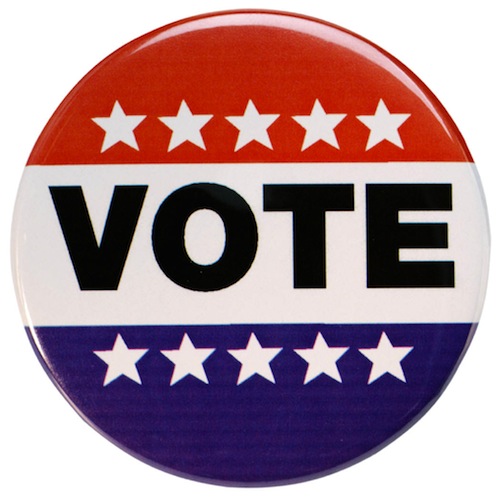Here’s what we’d do, courtesy of the Center for American Progress:
This report examines the problem of low voter participation in America, which includes structural barriers that keep Americans from having their voices heard as well as widespread disillusionment with the political process. As this report shows, obstacles to voting and distrust in government have repercussions for representational democracy, leading to participation gaps across demographics as well as elected bodies that are unrepresentative of the broader population of American citizens.
To increase voter participation and expand voting opportunities for eligible voters, states have a number of tools available, including those detailed in this report. Taken together, the policies and practices explored in the sections below are proven to increase voter participation and make voting more convenient. The success of these programs depends largely on states’ commitment—as well as that of campaigns and grassroots organizations—to inform eligible voters of their availability, how to use them, and why exercising their power as voters can make a difference in their lives. In addition to analyzing the contributing factors to low voter turnout and the effectiveness of pro-voter policies in increasing participation, this report examines the impact of civics education and voter engagement work.
This report also outlines the following recommendations to drive voter participation and make the process of voting more convenient for eligible Americans:
- Streamline voter registration with automatic voter registration, same-day voter registration (SDR),11 preregistration of 16- and 17-year-olds, and online voter registration
- Make voting more convenient with in-person early voting, no-excuse absentee voting, and vote-at-home with vote centers
- Provide sufficient resources in elections and ensure voting is accessible
- Restore rights for formerly incarcerated people
- Strengthen civics education in schools
- Invest in integrated voter engagement (IVE) and outreach
This report also highlights the success of these policies based on existing literature. Where possible, gains in voter participation were projected using current impact data. Of course, demographics and voting cultures differ across states and even by jurisdiction, so these projections are not exact. However, they do provide an idea of how many of America’s missing voters could be engaged through these policies. There were some policies for which the authors were unable to project gains because key data points were unavailable. For these policies, more research must be done to determine their potential impact on voter participation in future elections.
There’s a lot more, so go read the rest. For obvious reasons, none of the things that we don’t already have in Texas (namely, in-person early voting) are going to happen here while we are governed by the regime that is now in charge. We can sure start a push for them at the federal level, though, and all of these items should be on the agenda in the states where they are doable. You know how Greg Abbott likes to bloviate about calling a constitutional convention? Well, my fantasy do-over Constitution contains an affirmative right to vote that jackasses like Greg Abbott can’t arbitrarily screw with. All the resisting we’re doing is great, but if we’re not also thinking about the things we want to accomplish after we win, we’re doing it wrong. The Current has more.


How about if 75% of elected voters don’t vote overall, then the election is void and the candidates have to start over.